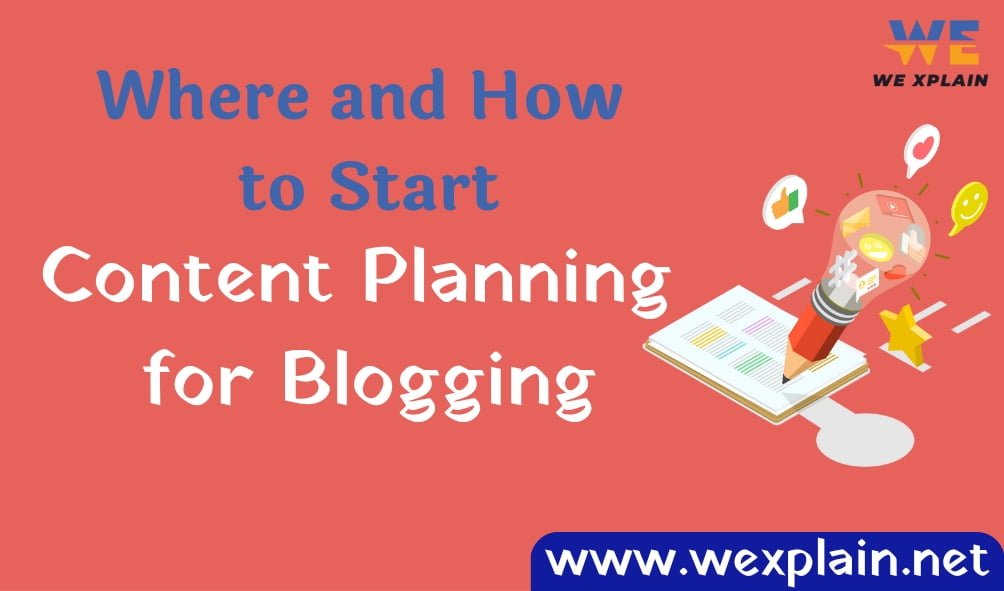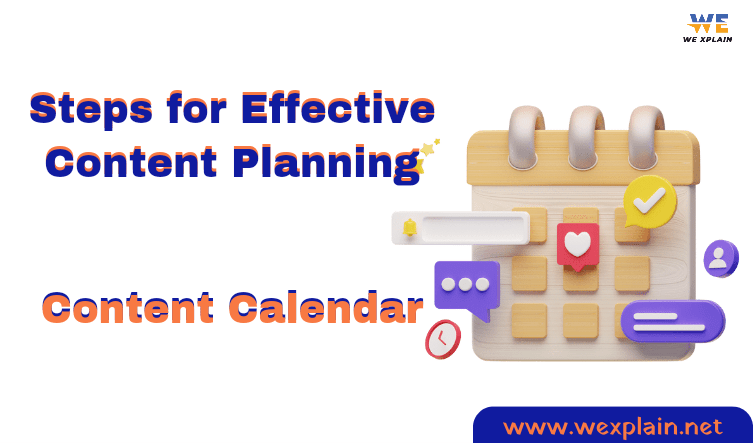Blogging can be an incredibly rewarding endeavor, both personally and professionally. However, to truly succeed in the vast digital landscape, effective content planning is essential. It’s not just about writing great posts; it’s about creating a cohesive strategy that resonates with your audience and meets your goals. Here’s a comprehensive guide to help you master content planning for your blog.

▎Why Content Planning Matters
1. Consistency is Key: Regularly publishing content keeps your audience engaged and encourages them to return. A well-thought-out content calendar helps you maintain a consistent posting schedule.
2. Quality Over Quantity: Planning allows you to focus on quality. Instead of scrambling for ideas at the last minute, you can dedicate time to research, writing, and editing.
3. Audience Understanding: Through planning, you can better understand your audience’s needs and preferences, ensuring that your content is relevant and valuable.
4. SEO Optimization: A solid content plan helps you incorporate SEO strategies effectively, improving your chances of ranking higher in search engine results.
5. Goal Alignment: Whether you’re looking to increase traffic, generate leads, or build brand awareness, a clear plan helps align your content with your overarching goals.
▎Steps for Effective Content Planning

▎1. Define Your Goals
Start by identifying what you want to achieve with your blog. Are you aiming to educate, entertain, inspire, or sell? Setting clear objectives will guide your content creation process.
▎2. Know Your Audience
Understanding your target audience is crucial. Create buyer personas that detail their demographics, interests, pain points, and preferences. This insight will help tailor your content to meet their needs.
▎3. Brainstorm Content Ideas
Gather a list of potential topics that align with your audience’s interests and your blogging goals. Use tools like Google Trends, BuzzSumo, or social media platforms to identify trending topics and keywords.
▎4. Create a Content Calendar
A content calendar is a powerful tool for organizing your ideas and scheduling posts. Here’s how to create one:
– Choose Your Format: Use a spreadsheet, a project management tool like Trello or Asana, or a dedicated content calendar tool.
– Schedule Your Posts: Decide on a posting frequency (e.g., weekly, bi-weekly) and fill in your calendar with topics, titles, and publishing dates.
– Include Key Details: Add notes for SEO keywords, target audience segments, promotional strategies, and any relevant links or resources.
▎5. Research and Outline
Once you have your topics scheduled, conduct thorough research for each post. Create outlines to organize your thoughts and ensure a logical flow of information. This step will streamline the writing process.
▎6. Write and Edit
Set aside dedicated time for writing. Aim for a balance between creativity and clarity. After drafting, take the time to edit for grammar, style, and SEO optimization.
▎7. Promote Your Content
A great post deserves to be seen! Plan how you’ll promote each piece through social media, email newsletters, collaborations, or guest blogging.
▎8. Analyze and Adjust
After publishing, monitor the performance of your posts using analytics tools. Look at metrics like page views, engagement rates, and social shares. Use this data to refine your future content strategy.
▎Tips for Successful Content Planning
– Stay Flexible: While planning is important, be open to adapting your strategy based on trends or audience feedback.
– Batch Create Content: Consider writing multiple posts in one sitting to save time and maintain momentum.
– Collaborate: If you have team members or guest contributors, involve them in the planning process to diversify perspectives and ideas.
– Incorporate Various Formats: Mix up your content with videos, infographics, podcasts, or interviews to keep things fresh and engaging.
– Stay Inspired: Follow other bloggers in your niche, subscribe to industry newsletters, or join online communities for inspiration.
▎Conclusion
Content planning is the backbone of a successful blogging strategy. By taking the time to define your goals, understand your audience, brainstorm ideas, and create a structured plan, you’ll set yourself up for long-term success. Remember that blogging is a journey—stay committed to learning and evolving as you go. Happy blogging!

